Farming Profitability Review: recommendations published
Farming Profitability Review: recommendations published
The Farming Profitability Review 2025, an independent review led by Baroness Minette Batters, has been published.
The Farming Profitability Review 2025, an independent review led by Baroness Minette Batters, has been published.
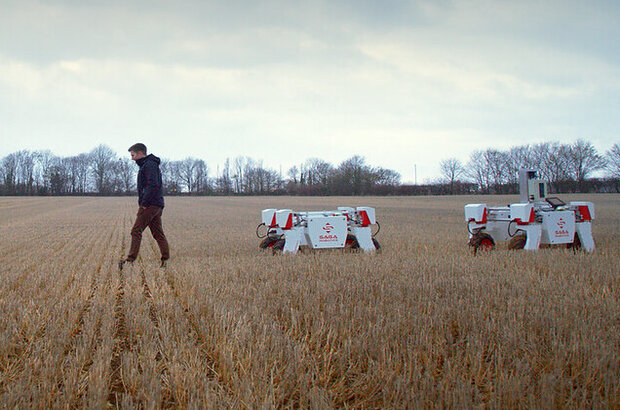
From the end of this month, £16.5 million will be available through 2 new research and development competitions. There is no set theme for these competitions as we don’t want to create barriers to innovation. However, all projects must focus on improving the productivity, environmental sustainability and resilience of England’s agricultural, horticultural and forestry sectors. In …
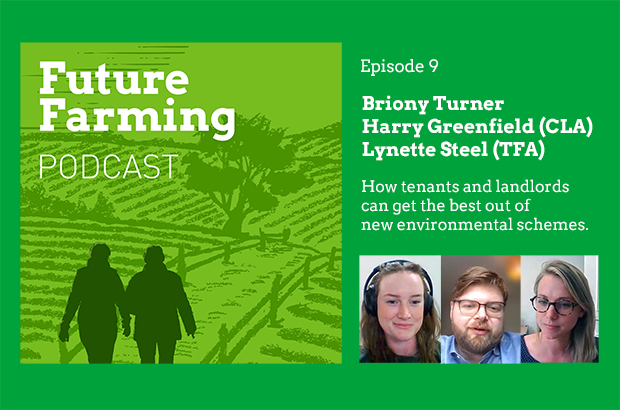
In episode 9 of the Future Farming podcast, Defra's farming strategy lead, Briony Turner, talks to land use adviser Harry Greenfield of the Country Land and Business Association (CLA) and farm adviser Lynette Steel, of the Tenant Farmers Association (TFA) about new environmental schemes.
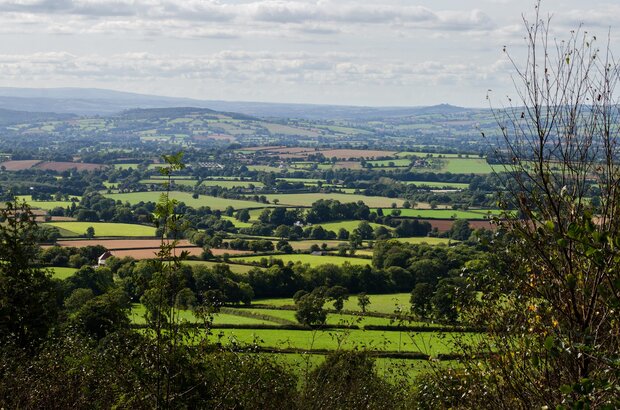
We recently wrote to everyone with Environmental Stewardship agreements to outline some changes that we plan to introduce in 2023. Rather than offering agreement holders an extension of a single year, we're offering extensions of 5 years. This change, shaped by feedback, gives greater certainty and clarity to people in existing agri-environment agreements. It also …
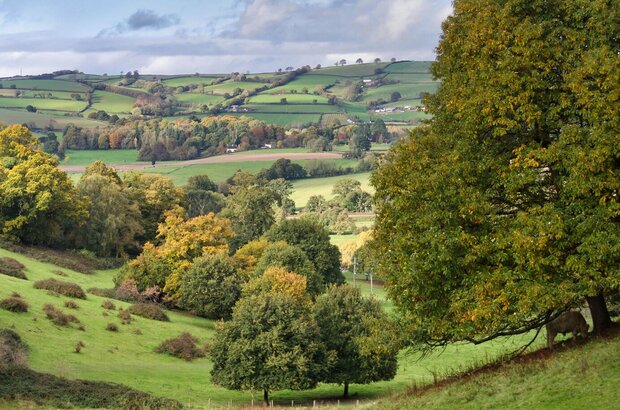
Through our new environmental land management schemes, we will pay farmers and land managers to enhance the natural environment alongside food production. In this post, I'll share more information about how we expect Local Nature Recovery to work.
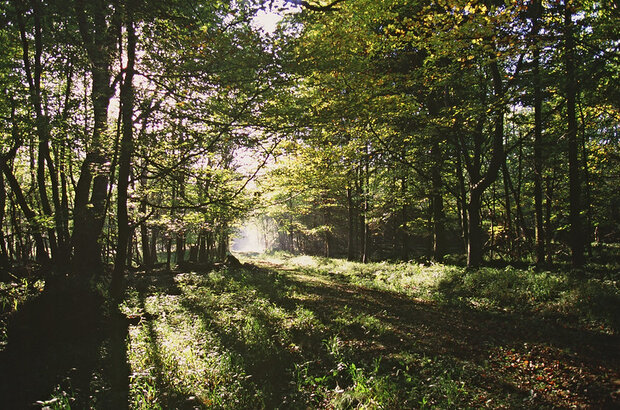
The England Woodland Creation Offer (EWCO) is one of a number of ongoing payments that can support farmers to manage their land in an environmentally sustainable way while continuing to produce food. In this post, I'll share more.
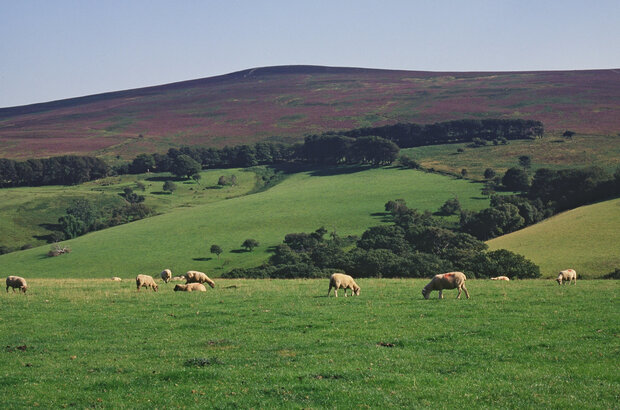
Over the past 2 years, the Foundation for Common Land, in collaboration with the Federation of Cumbria Commoners, delivered a tests and trials project to look at commons. In this guest post, Professor Julia Aglionby shares their work which explored how environmental land management schemes should be developed to support commons.
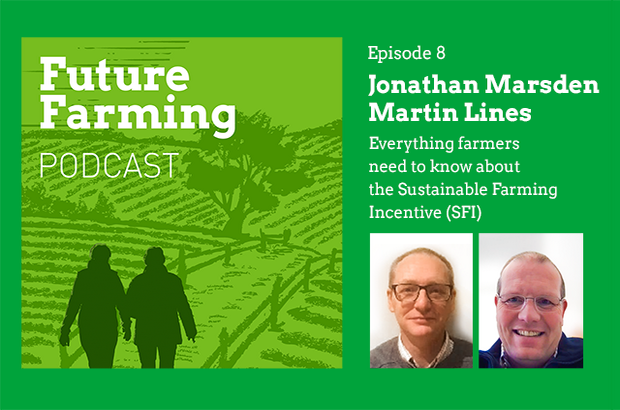
In the latest episode of the Future Farming Podcast, Cambridgeshire farmer Martin Lines and Sustainable Farming Incentive lead Jonathan Marsden talk all things Sustainable Farming Incentive (SFI) and environmental land management.
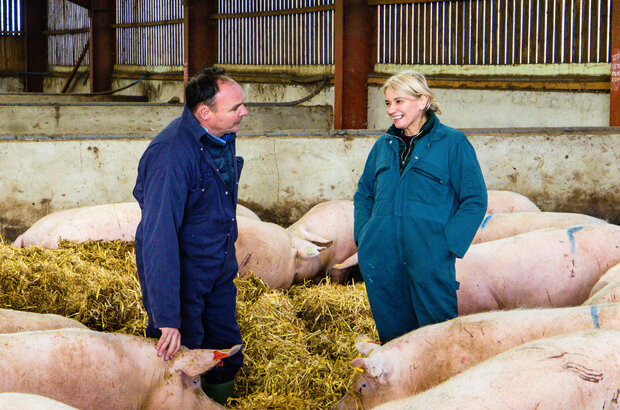
The Animal Health and Welfare Pathway supports improvements in farm animal health and welfare. The first step of the pathway is the Annual Health and Welfare Review. Starting this autumn, farmers who keep cattle, sheep and pigs can get funding to pay for a vet or vet-led team to visit their farm and carry out a …
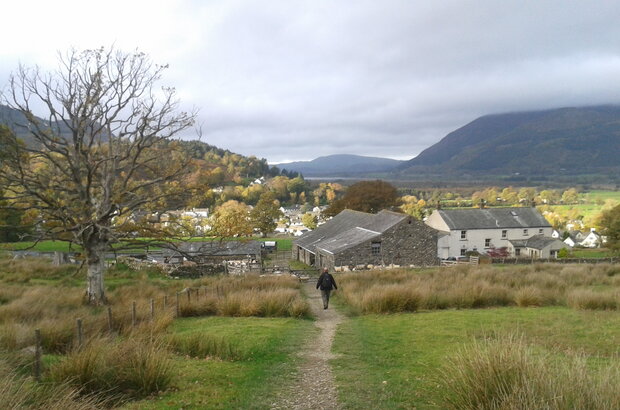
Any farmer or land manager who receives BPS in England is eligible for free business advice during the early years of the agricultural transition. The current phase of support will close at the end of August. So far, 6,600 farmers have made use of this free advice. The final phase of support will open in October …

It’s been almost 2 weeks since we opened the Sustainable Farming Incentive (SFI) for applications, so we thought now would be a good time to share an update on how it’s going so far.